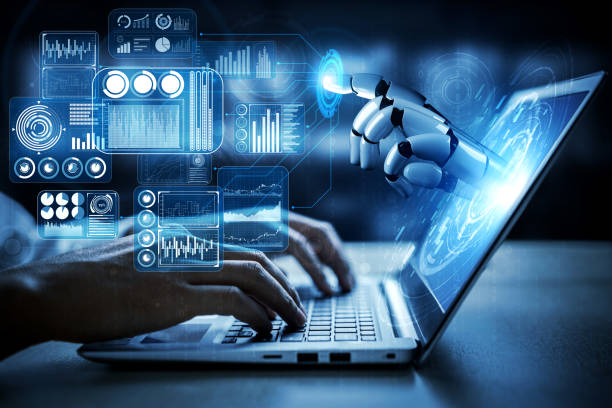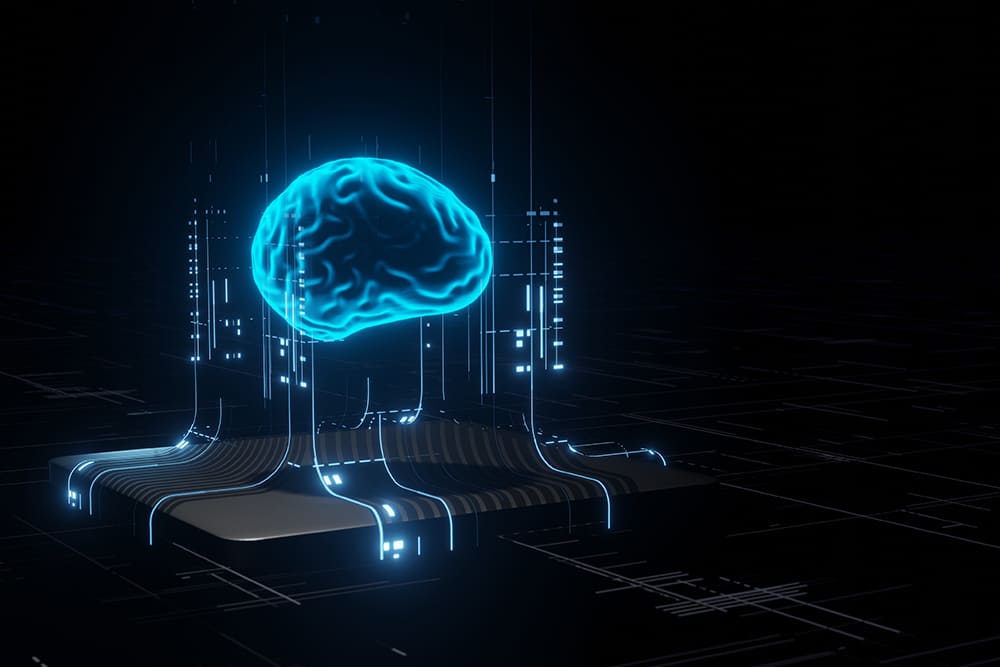Artificial Intelligence (AI) is a broad field within computer science dedicated to constructing intelligent machines that can perform tasks typically requiring human-like intelligence. It encompasses various approaches, with machine learning and deep learning leading the way, ushering in transformative changes across the technology sector.
Artificial intelligence (AI) enables machines to mimic and, in some situations, improve human cognitive abilities. Autonomous car development and the widespread use of generative AI tools are both examples. Businesses from a variety of sectors are therefore investing more money in advancing AI technologies.


Machine Learning
Machine learning is a branch of artificial intelligence that focuses on creating models and algorithms that let computers learn from data and make predictions or judgements without having to be explicitly programmed. It uses methods like deep learning and neural networks.
DATA
The term “data” refers to unprocessed facts, statistics, or information that is gathered and saved for a variety of reasons. It is often in the form of numbers, text, graphics, or other formats. Data can be organised in two ways: structuredly (in a preset style, like a database) or unstructuredly (without a predefined format or structure, like posts or photographs on social media). Sensing devices, user interactions, online activities, and other sources can all produce data.


Data serves as the lifeblood of AI, where the volume and quality of training data play a pivotal role in determining AI model performance. Greater data quantities often yield improved AI results.
AI takes on the formidable task of processing and analyzing massive datasets, a feat that would be impractical for humans to undertake manually. AI algorithms excel in revealing concealed patterns, trends, and correlations hidden within data.
In real-time scenarios, AI harnesses data to make instantaneous decisions, whether it’s self-driving cars relying on sensor data for navigation or chatbots scrutinizing user queries to deliver pertinent responses.